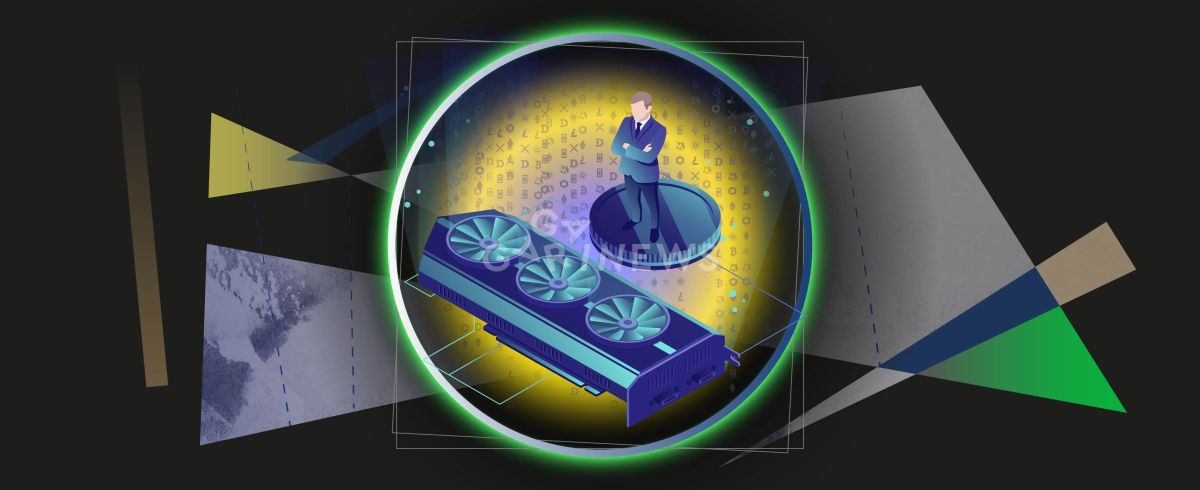What is Proof of Space?

Proof of Space or Proof of Capacity is a consensus algorithm that emerged as an alternative to the expensive and resource-intensive Proof of Work and Proof of Stake. It allows you to mine cryptocurrency using a hard drive.
The more memory, the higher the chance of adding a block to the network and mining cryptocurrency. This blockchain mechanism implies that miners temporarily give their hard drive space to store the hash before mining begins. A hash is an alphanumeric string that encrypts an array of transaction data. It is necessary for security: it can be used to prove the authenticity of information without revealing it.
A characteristic feature of PoC is that it does not require much energy, only storage with a large capacity. Thus, Proof of Space is considered more environmentally friendly, energy-efficient, and affordable.
New Proof of Space coins are issued on blockchains that run on proof of space, such as Storj, Burst, Chia, and SpaceMint. One of the most popular cryptocurrencies of this algorithm is Burstcoin.
How does Proof of Space work?
Miners who want to add blocks to the network and receive cryptocurrency for it must free up disk space and make it available to the blockchain. The participant’s node also needs to validate its performance by checking for free storage space.
The Proof of Space algorithm consists of two processes – the so-called “hard disk building” and the mining itself. First, the creation and storage of hashed charts occur, which may take several days to several weeks, depending on the amount of memory available to the miner.
Then, lists of one-time numbers called “Nonces” are created using multiple encryptions of the information. They also include the miner’s account ID. The more space on the disk to create the charts – the more Nonces can be saved, and the higher the chance of a reward.
Each number includes 8192 hashes, numbered from 0 to 8191. The hashes next to each other are paired together, and this is called “Scoops”. For example, hash 0 and 1 are converted to 0, hash 2 and 3 to 1, and so on by analogy.
After that, the mining begins. It involves calculating the “scoops” for each one-time number to estimate the minimum time needed to add a block to the network.
For example, the miner defined that the minimum time is 40 seconds. If no one else can add a block within that time, s/he gets that opportunity. Thus, if the fastest solution is found in the participant’s storage, s/he will get the right to add the block to the distributed registry chain.
Advantages and disadvantages of PoC
The main advantage of Proof of Space is its low energy consumption. It is so much lower than PoW, that it is possible to mine with this algorithm on ordinary devices. The advantages also include the decentralization of the process. Proof of Capacity also attracts miners by the absence of the need to constantly renew the equipment and the ability to clean the hard drive after work to use it for their own purposes. Accordingly, the entry threshold is much lower compared to other consensus algorithms.
The negative aspects of PoC include, for example, the difficulty of creating an extensive list of hashes. In addition, if a node accidentally disconnects from the blockchain, it will take time to recover the hashed charts. Another disadvantage of Proof of Space is common for all algorithms: more miners require more power (in this case – more memory on the hard drive).
Proof of Space is an interesting alternative to the available classical consensus mechanisms. Still, it remains in the shadows at this stage and does not claim to be an effective replacement for older models.
The content on The Coinomist is for informational purposes only and should not be interpreted as financial advice. While we strive to provide accurate and up-to-date information, we do not guarantee the accuracy, completeness, or reliability of any content. Neither we accept liability for any errors or omissions in the information provided or for any financial losses incurred as a result of relying on this information. Actions based on this content are at your own risk. Always do your own research and consult a professional. See our Terms, Privacy Policy, and Disclaimers for more details.


























